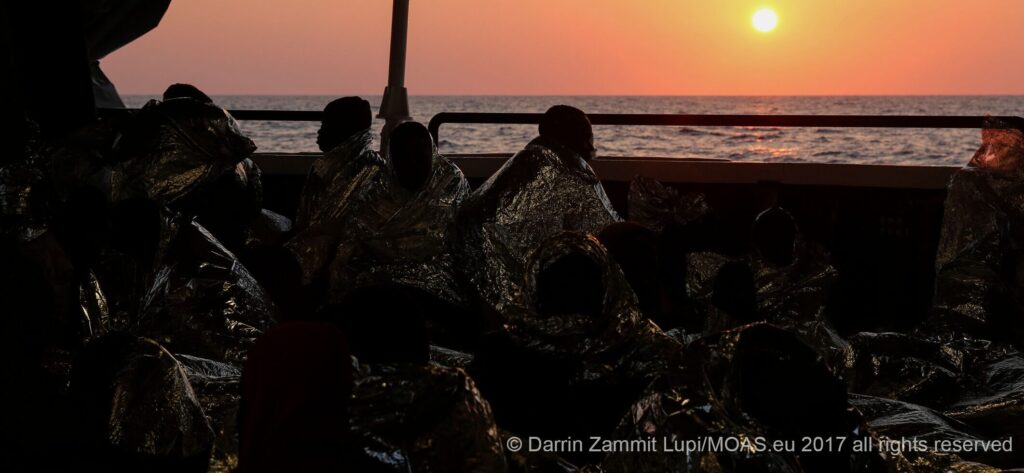The UK is facing a tumultuous political landscape currently, with the government now appointing its third PM this year alone. With it, we have faced ongoing debates around immigration and how the UK plans to respond to people seeking sanctuary – with the re-election of Suella Braverman as Foreign Secretary, who openly said ‘I would love to have a front page of the Telegraph with a plane taking off to Rwanda, that’s my dream, it’s my obsession.’ It seems likely that there will be continued efforts to establish the Rwanda scheme, to fight legal disputes and re-arrange the first deportation flight in the coming months.
While the scheme appears to be on the horizon, facing a continuous backlash as it penalizes those seeking safety, the UK also grapples with stark reports of unlawful conditions for those being temporarily housed awaiting their asylum claims. A UK watchdog found that 3,000 people are being held at the Kent detention site designed for 1,000 people. The number is larger than any prison or immigration detention facility in the UK. The conditions of the facility have been called ‘wretched,’ an Afghan family had been living in a marquee for 32 days and two families from Iraq and Syria were living in tented accommodation for two weeks sleeping on kit mats with blankets. Cases of diphtheria have been confirmed, and there were identified risks of fire, disorder and infection on the site. The UK is also spending £7m a day on hotels for asylum seekers as they fail to process and secure housing in dispersal areas quick enough.
More that 30,000 people have made the dangerous Channel crossing in small boats this year, and it is likely to reach 60,000 by the end of 2022. This crossing is extremely dangerous and is also one of the busiest sea routes in the world. A ‘primary reason’ that people have to pursue these routes is there just aren’t accessible safe and legal alternatives and they must be physically present in the UK to lodge a claim. As part of the MOAS Safe and Legal Routes Campaign, we have identified that Asylum claims could be submitted at UK Border Control stations in France (and perhaps elsewhere in Europe), so that asylum seekers do not need to make the dangerous Channel crossing. Inevitably there will be many that will be refused entry for legitimate reasons, and these should be repatriated to their source country (subject to the principle of non-refoulement). Those that will be granted asylum or residency should be transported safely to the UK. During the application process, with a defined upper limit, they should be provided with temporary housing and support.
Final considerations
As it stands, an estimated 70% of small boat migrants would have their asylum claims recognized if the government didn’t refuse to consider them under the provisions of the Nationality and Borders Bill. Decisions have been made for just 16% of asylum applications for people who have crossed the challenge, and 35,000 cases remain open amid ongoing backlogs. Action needs to be taken to provide sanctuary seekers the ability to safely claim asylum, they deserve to be treated like human beings.
We need to start telling a different kind of story.
If you are interested in the work of MOAS and our partners, please follow us on social media, sign up to our newsletter and share our content. You can also reach out to us any time via [email protected]. If you want to support our operations, please give what you can at www.moas.eu/donate

